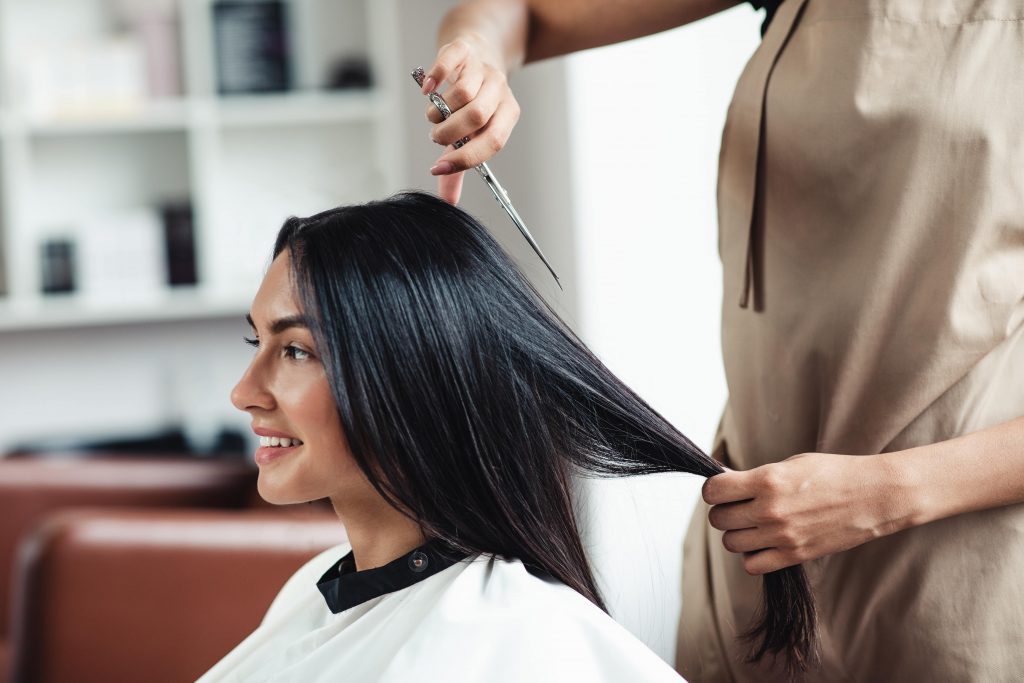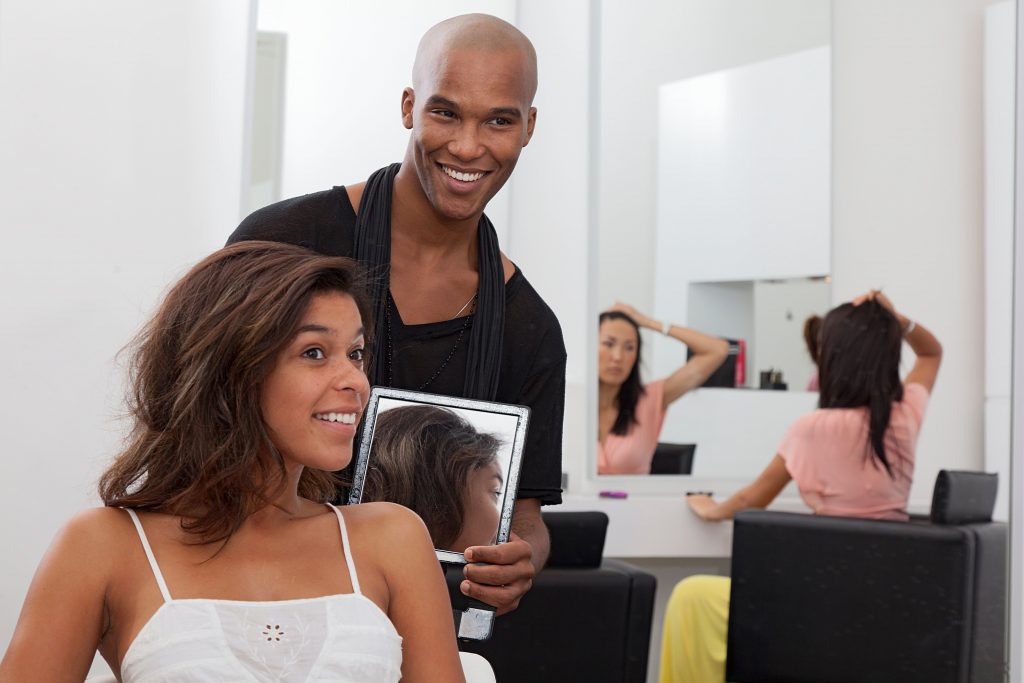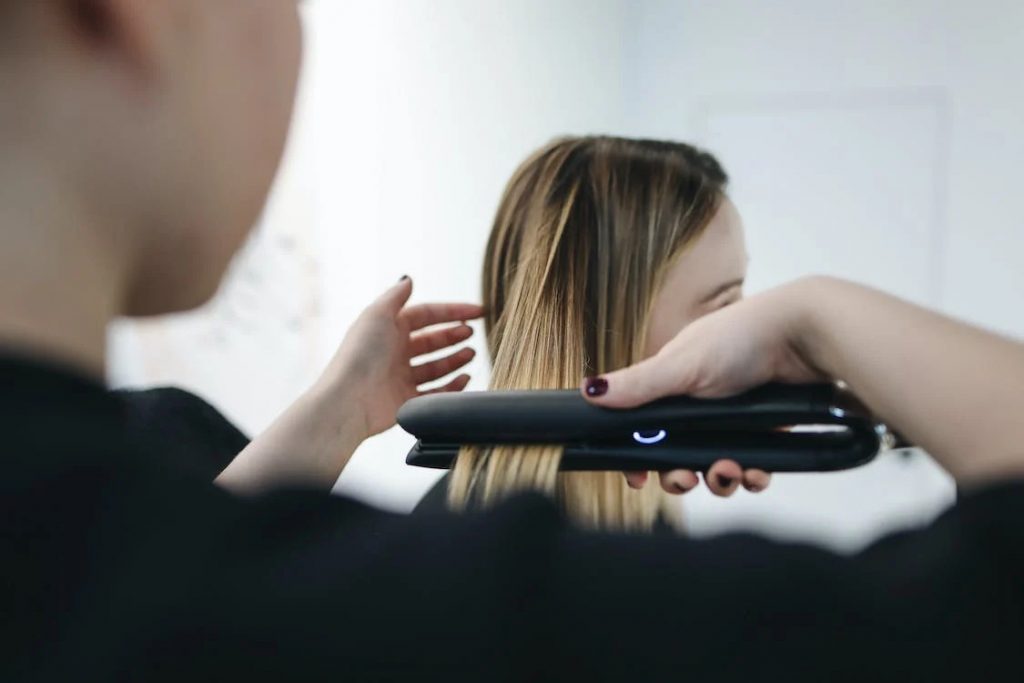
Seeking Justice and Accountability: The Hair Relaxer Lawsuit Unraveled
In recent years, a concerning mass tort has emerged, targeting hair straighteners and relaxers manufactured by renowned brands like L’Oreal and others. Disturbingly, these seemingly harmless beauty products have been linked to severe health issues, including an increased risk of uterine cancer. As the allegations escalate, victims are stepping forward to demand justice and hold the manufacturers accountable for the potential harm caused by these products.
A Troubling Revelation: The Link to Uterine Cancer
In 2022, the National Institute of Health (NIH) released a groundbreaking study that sent shockwaves through the beauty industry and consumers alike. The study revealed that women who regularly use hair straighteners and relaxers are at least twice as likely to develop uterine cancer compared to those who do not use such products. This alarming revelation has left millions of women questioning the safety of their favorite haircare items and demanding transparency from the manufacturers.

Hair Care Giants Under Scrutiny
The focus of the hair relaxer lawsuit is primarily on industry giants like L’Oreal, a brand well-known for its wide array of beauty products. While these companies have enjoyed immense popularity and success, the serious allegations have cast a shadow over their reputation. Consumers are demanding answers and accountability for the potential health risks associated with their products.
As the evidence of the link between hair relaxers and uterine cancer continues to mount, victims have decided to take legal action. The hair relaxer lawsuit is rapidly gaining traction as more individuals come forward to share their experiences and demand justice. These brave plaintiffs seek to hold the manufacturers responsible for any negligence, misinformation, or failure to warn about the potential risks of their products.
The aim of this legal action is twofold: first, to address the concerns surrounding hair relaxers and their potential health hazards, and second, to seek significant compensation for those who have suffered from the alleged consequences of these products. The compensation sought may cover medical expenses, lost wages, pain and suffering, and other damages resulting from the use of hair straighteners and relaxers.


Challenges and Implications
The hair relaxer lawsuit presents unique challenges due to the nature of the products involved and the potential widespread impact on consumers. The plaintiffs’ legal teams must navigate complex scientific data, medical records, and product formulations to establish a clear link between the hair relaxers and uterine cancer. As with any mass tort, the process can be lengthy and intricate, requiring extensive research and expert testimonies.
Additionally, the implications of this lawsuit reach beyond the individual manufacturers. The beauty industry as a whole may undergo increased scrutiny regarding the safety and regulation of its products. Consumer awareness and demand for transparency are expected to soar, prompting manufacturers to prioritize the safety of their customers and conduct thorough research on potential health risks associated with their products.
The Path Forward: Promoting Safety and Accountability
While the hair relaxer lawsuit remains ongoing, it serves as a stark reminder of the importance of consumer safety and corporate accountability. As consumers, it is crucial to stay informed about the products we use and the potential risks associated with them. By staying vigilant and holding manufacturers accountable for their actions, we can collectively promote safer practices within the beauty industry.
In conclusion, the hair relaxer lawsuit stands as a powerful testament to the impact of consumer awareness and collective legal action. As women unite to demand justice and accountability, the hope is that this legal battle will foster a safer environment for consumers, leading to more transparent practices and increased scrutiny of beauty products’ potential health risks. Only by holding manufacturers accountable can we ensure that our well-being remains a top priority in the world of beauty and personal care.


